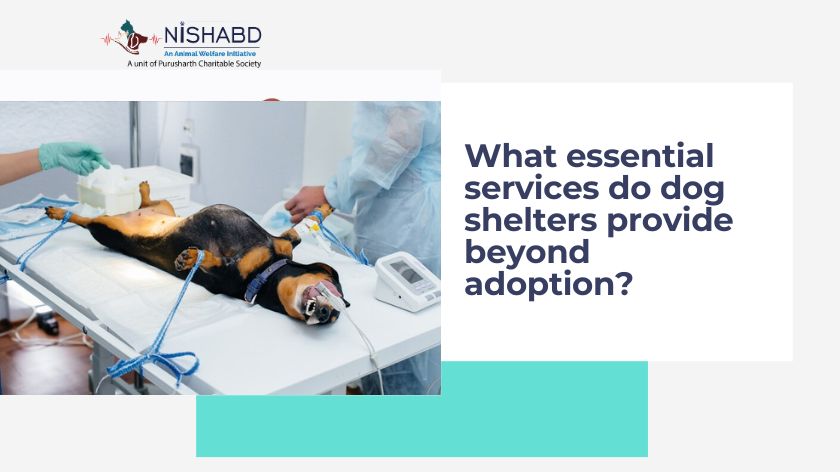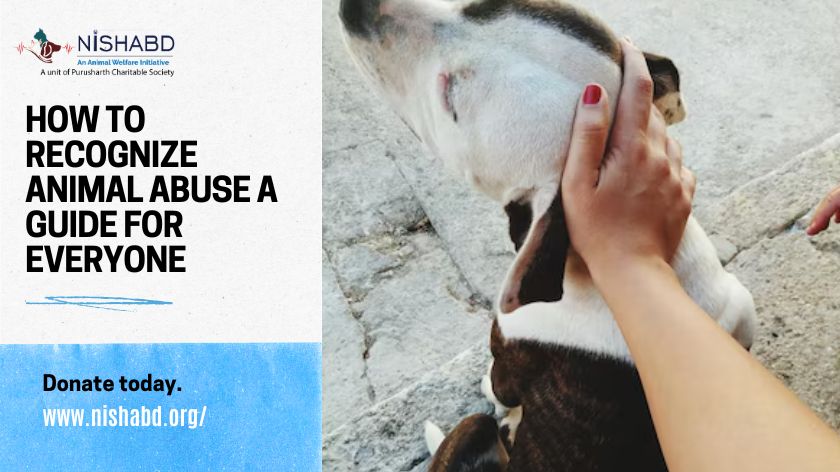Have you ever wanted to help a dog in need but couldn’t commit to owning one forever? If so, dog fostering might be a perfect fit for you! Fostering a dog means giving a temporary home to a dog while it waits to be adopted by a permanent family. It’s a way to help dogs without making a long-term commitment.
In this blog, we’ll explain everything you need to know about fostering dogs, why it’s important, and how you can get involved.
What Does It Mean to Foster a Dog?
When you foster a dog, you take a dog into your home and care for it as if it were your own, but only for a short period of time. Dog foster homes serve as a link between adoptions at shelters as well as permanent ones. The majority of dogs who enter shelters are abandoned, stray or surrendered by their previous owners. The dogs could be scared or sick due to their time in an animal shelter. This is the reason foster dog homes come in. Fostering dogs gives them an environment that is safe and loving as they await their family of choice for them.
The meaning of fostering dogs will differ depending on the dog’s requirements. Some dogs require foster care for only some weeks, whereas others require some time. In the majority of cases the foster home for dogs will take charge of the dogs until they can find an appropriate place to call home. However, regardless of the duration of stay the dog foster homes give care, attention and affection at a crucial time in the life of a dog.
Why Is Dog Fostering Important?
There are numerous reasons that fostering a dog is vital. Foster homes for dogs can help in reducing the amount of animals in shelters. Many shelters are overwhelmed by the sheer number of dogs they must take care of, and often they do not have enough space to accommodate every dog.
Foster homes for dogs help the dogs in their own way. The shelters are noisy and stress-inducing environments, especially for dogs with sensitive tummies. Foster homes offer these dogs a peaceful and tranquil environment in which they feel secure and at ease. This allows dogs who are foster to heal from any illness or trauma they may have had to endure. Fostering a dog can also help the dog to build its social skills that can aid in getting adopted more quickly.
Finally, foster homes for dogs can make it easier to find the perfect suitable. When you volunteer to foster a dog, you will get to understand the dog’s personality, its habits and preferences. This is extremely helpful for prospective adopters looking for a dog that will become part of their family.
Responsibilities of Fostering a Dog
When you foster a dog, there are some important responsibilities to keep in mind. It is essential to provide essentials, such as water, food, exercising, as well as a cozy space for your dog to rest. It is also possible to bring your dog to appointments with the vet particularly if your animal is healing from injury or illness.
In the majority of cases, shelters or rescue groups will pay the cost of medical expenses or food items, as well as other equipment. However, it is important to inquire with them prior to you taking on the responsibility of fostering the dog. It is essential to provide an atmosphere that is secure and caring for the dog who is being fostered. This could mean being gentle with the dog while it adjusts to its new house or instilling basic dog behavior.
Be aware that every dog is unique. Some foster dogs will require more care and attention than others. Be prepared for any challenges and be prepared to enjoy the pleasure that comes from helping dogs in need.
How to Foster a Dog
If you’re interested in fostering your dog, the initial step is to call the nearby animal rescue or shelter organization. Many of these shelters are always in need of foster homes for dogs. They’ll likely require you to complete an application, and they may also arrange an interview, or a home visit to ensure that your house is a suitable match for dogs to foster. After approval and matching, they’ll pair you with a dog who needs foster care.
When you decide to adopt a pet it’s important to ensure your home is well-lit. Set up a place where your dog will be comfortable and secure. Make sure you have basic items such as bed bowls, toys as well as a dog leash. Make sure you are ready to show affection and understanding as your dog settles into your home.
Rewards of Fostering a Dog
The process of fostering a dog is an extremely satisfying experience. You’ll play an important part in helping a dog find a happy, permanent home. Although the process of saying goodbye to an animal that you have fostered might be difficult, the satisfaction of knowing that they’ll be an eternal home is what makes it all worth it. The foster homes of dogs save lives and offer dogs an opportunity to re-enter the world.
Also, you get the love and companionship that comes from having a dog at your home, without the long-term commitment. A lot of people foster dogs even in the event that they’re not ready to take on the responsibility of having a dog but still would like to assist. Many foster dogs even determine if they’re able to adopt a pet in the near future.
Foster Dogs Meaning: Changing Lives
The foster dogs meaning goes beyond just providing a temporary home. It’s about changing the life of a dog to improve it. If you offer your home to shelter dogs you are helping them to grow, heal and become more attainable. They are provided with compassion, love and stability that gives them the chance of finding their perfect family.
Conclusion
Foster homes for dogs give these animals a safe place to stay while they wait for adoption, and fostering a dog helps shelters reduce overcrowding and stress for the animals. Whether you foster a dog for a few weeks or a few months, the impact you make is lasting.
So, if you’ve ever thought about helping animals, consider becoming a foster home for dogs—you could be the bridge between a dog and its forever family.












